Category: Channel Indicators
Chandelier Exit Cloud Indicator
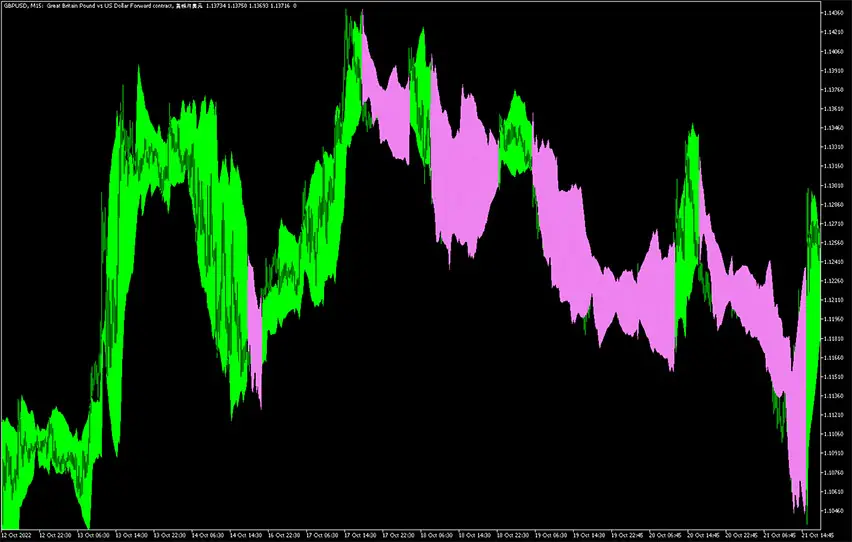
The Chandelier Exit Cloud Indicator for MT5 performs analysis of price movements and in the result provides specific trend display. Essentially, this guage shows signals in the form of a colorful cloud. To be precise, there are green and pink formations that correspond to bullish and bearish market bias. This can be utilized in several […]
SSL Channel Chart Indicator
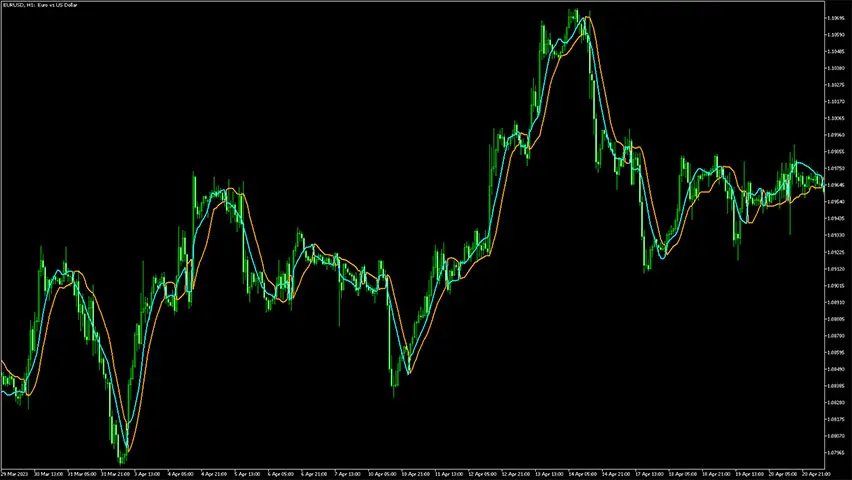
The SSL Channel Chart Indicator for MT5 combines moving averages to generate trading signals. The acronym SSL stands for Semaphore Signal Level, and it offers visual indications for buy/sell signals. It presents signals for both bullish and bearish trends when the lines of the indicator cross. Free download is available at the bottom. Let’s have […]
Bollinger Bands Cross Alert Indicator
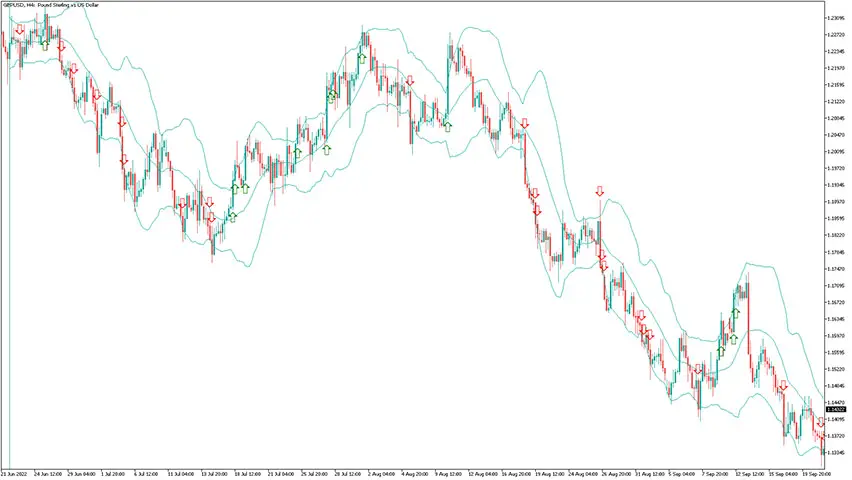
The Bollinger Bands Cross Alert Indicator offers an alert when the price is out of the Bollinger Bands range, indicating a possible price direction change. The indicator was originally created by Issam Kassas (DFXG – Dubai Forex Group). Example charts Check charts of the Bollinger Bands Cross Alert Indicator in action. Settings These are available […]
Donchian Channel Indicator

The Donchian Channel Indicator for MT5 is a volatility indicator that uses the calculation of the current price range with the help of the recent highest and lowest price levels of an asset. To perform the calculation for the Channel, the gauge needs to find the highest maximum and the lowest minimum for a defined […]
JMA Keltner Channel Indicator
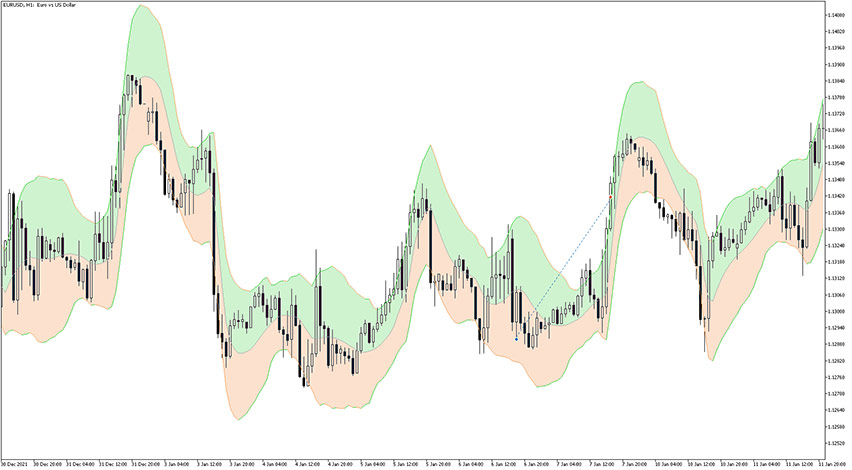
The JMA Keltner Channel Indicator for MT5 is a variation of the standard Keltner Channel indicator, but this one is based on Jurik Moving Average. The Keltner Channel is usually calculated as SMA (Simple Moving Average) +- ATR distance for the bands. Since SMA is the slowest moving average, that version uses a much “faster” […]
Keltner Channel Indicator
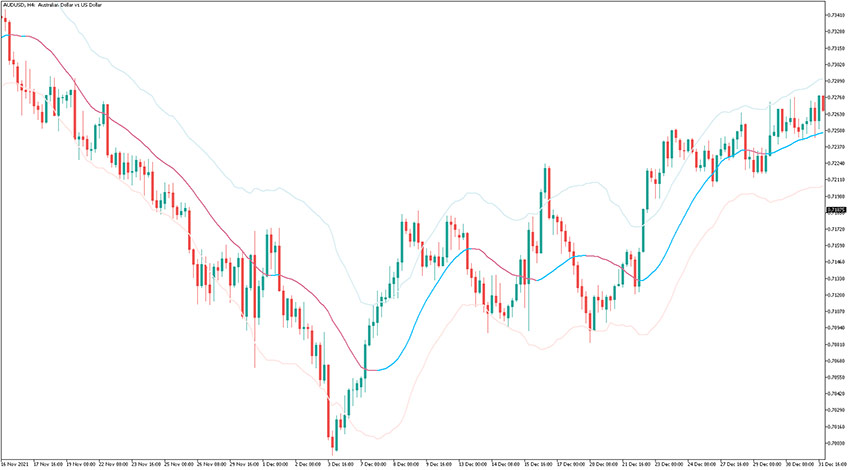
The Keltner Channel Indicator for MetaTrader 5 is named after Chester Keltner who first introduced his indicator in his 1960 book “How to make money in Commodities“. The original indicator was based on the 10-period moving average, and this one can be set to both simple moving average and exponential moving average. The Keltner Channel […]
Auto Trend Channel Indicator
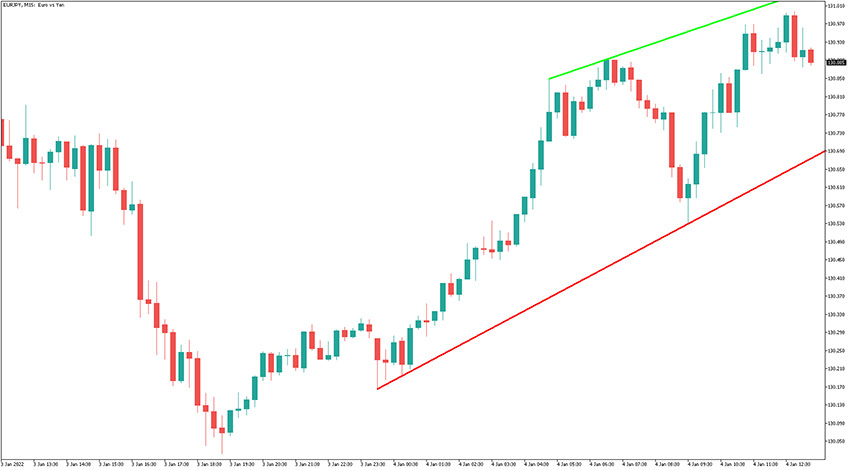
The uto Trend Channel Indicator automatically draws two trendlines that together make a price channel and these trendlines work as dynamic support and resistance levels. A green trendline is a resistance level and when the price rejects it, one should open a sell trade. Similarly, a red trendline is support level and its price rejection […]
Keltner Channel Smooth ATR Indicator

The Keltner Channel Smooth ATR Indicator for MetaTrader 5 is a volatility-based envelope that is aligned above and below a Moving Average, which is a central element of that indicator. In the settings of that Keltner Channel indicator, you can set the median value average method among the: Exponential Moving Average, Simple Moving Average, Smoothed […]
Standard Deviation Channels X3 Cloud Indicator
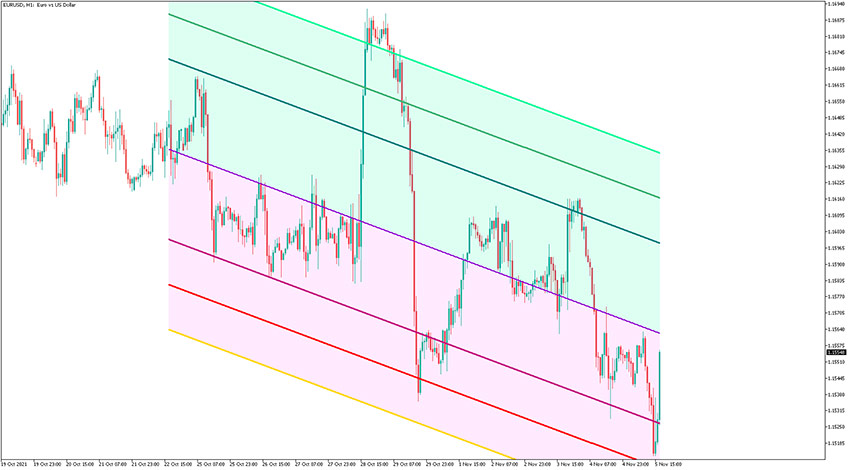
The name of the Standard Deviation Channels X3 Cloud Indicator for MT5 pretty much defines what it is. It plots a channel (with three extensions to top and bottom) based on the Standard Deviation indicator. The violet trendline is a middle line of the channel. First, check the slope of the channel whenever it’s upward […]
Channel on Parabolic Indicator
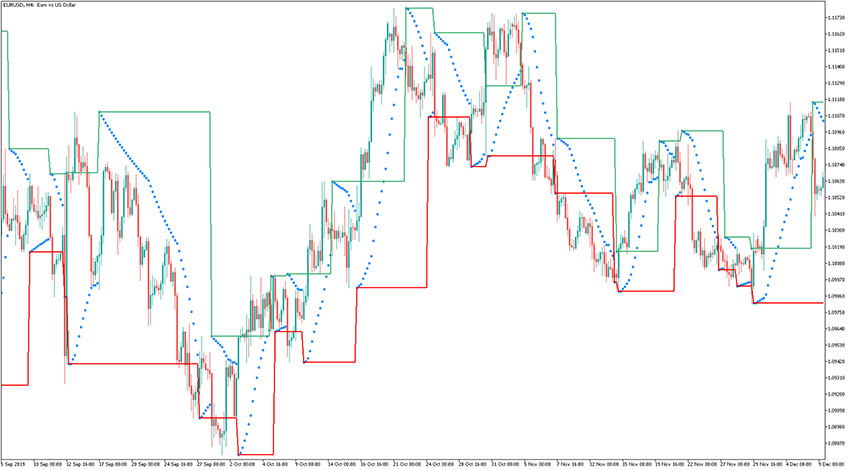
The Channel on Parabolic Indicator for MT5 combines a price channel and Parabolic Sar indicator into one trading tool. Granted that the price constantly moves within channel bands, a trader should look for buy trade opportunities when the price hits red bands and the entry is confirmed with Parabolic Sar dots to switch location from […]